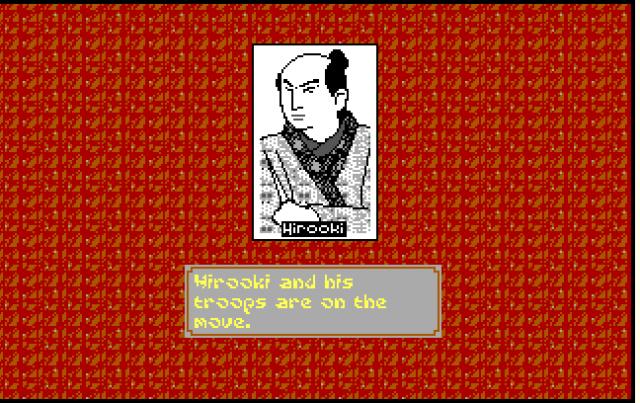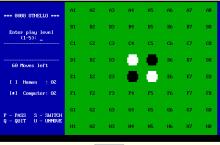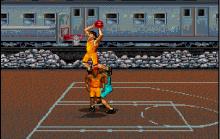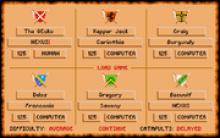Sword of the Samurai
Press Keyboard right side: Alt+Enter keys to switch to full screen game play, and Alt+Enter keys to return.
How to play Sword of the Samurai
Each game uses different controls, most DOS games use the keyboard arrows. Some will use the mouse.
Sword of the Samurai Description
Sword of the Samurai is an action/simulator computer game developed and published by MicroProse in 1989 for the DOS platform. It featured a combination of role-playing and strategy elements, with arcade mini-games set in Feudal Japan.
The goal of Sword of the Samurai was to rise from being a vassal of one of your clan's various hatamotoes to becoming the shogun of all Japan. The game began by giving the player their choice of name, clan, and family specialty, and the player was initially put in control of his original samurai, and later his descendants if he retired or was killed. In the first two sections of the game, the player sought to become a daimyo by currying favor with the current daimyo. The player competed with three computer-controlled samurai who also sought to become the daimyo's favorite. Each samurai had several properties, including land holdings, army size, sword-fighting ability, and generalship. However, in keeping with the Bushido theme of the game, honor had the greatest influence on how the samurai were ranked.
Despite the emphasis on the Bushido code, a wide array of sneaky actions were possible. The player (and AI controlled characters) could kidnap and rescue family members, dishonor other samurai, and even assassinate a rival or the daimyo himself! Naturally, such sneaky behavior carried serious risk. If caught, the samurai would lose much of their honor, and might even have been forced to commit seppuku, leaving the estate in the hands of his heir.
After becoming a daimyo, the game shifts to a wargame format, with the goal of conquering enough provinces to claim the title of Shogun. Whereas in the first and second levels, the player could gain honor by contribuing in the daimyo's battles, in the third level the emphasis was on choosing which opponents to battle. The size of the player's army became more important to success than honor or swordsmanship.
After winning the game, the player was given a final summary of the future of their dynasty. Depending on the various aspects of the Shogun's forces at the end of the game, such as number of men under your control and the age of the Shogun and his heirs, the length of the dynasty could range from hundreds of years (such as China's Han Dynasty) to a quick dissolution after the Shogun's death (such as China's Qin Dynasty.)

Sword of the Samurai - additional information




















